
Affordable housing and coastal resource protection can and should work together. Urban infill housing is consistent with many Coastal Act policies, including reducing vehicle miles travelled; siting new development in areas with existing public services; and avoiding sensitive habitat and agricultural lands. Increasing allowable density and height limits in these areas can accommodate a range of housing choices while also providing for public access and community cohesiveness. But it's important to recognize that climate change is re-shaping our coastlines. In the narrow strip of land that defines the coastal zone in urban areas, the Coastal Commission makes sure that the housing we build today will be safe from rising sea levels and eroding bluffs for decades to come.
Fifty years ago, the Legislature recognized that coastal conservation could contribute to gentrification and a general increase in home values. To mitigate that, and to help ensure coastal communities remained affordable for a variety of income levels, the original Coastal Act contained policies to protect and provide for affordable housing.
From 1977-1981, the Coastal Commission prevented the demolition of approximately 1,200 existing affordable units, and required an additional 5,000 deed-restricted units to be constructed within newly approved market rate housing developments. But in 1981 the Legislature repealed the Commission’s authority over affordable housing, severely limiting the Commission’s ability to address the growing inequities in the coastal housing market. Today, even though the Commission can no longer directly protect and provide for affordable housing, it still continues to find ways to support and encourage all types of housing consistent with other Coastal Act policies. Through permit approvals, LCP updates, litigation and legislative initiatives, the Commission remains committed to finding new opportunities to protect and promote more equitable and affordable housing outcomes along California’s coast.
Coastal Act Section 30604(f) requires the Commission to encourage housing opportunities for persons of low and moderate income.
The Commission takes this requirement very seriously. Many other Coastal Act policies can also encourage affordable housing by, for example:
The Coastal Commission supports housing by approving proposed projects and has used the Coastal Act to require equitable and safe housing. For example, in 2020 the Commission approved a 48-parcel subdivision (DCM Properties) in the City of Encinitas with 4 lots dedicated to affordable housing. But the Commission required that the 3 affordable housing lots that were originally proposed to be located on top of formerly contaminated soils be moved so that none of the affordable housing lots would be at risk of potential toxic effects.
To see some of those projects, scroll through the examples below.


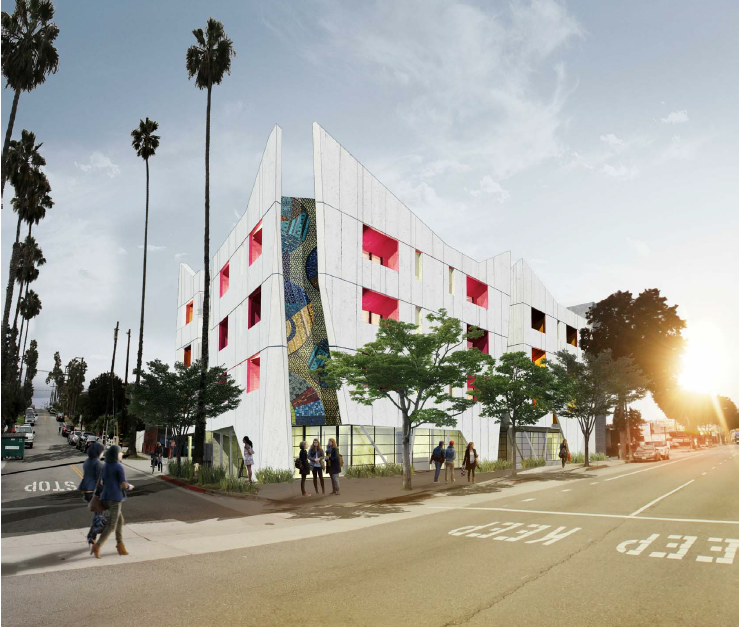
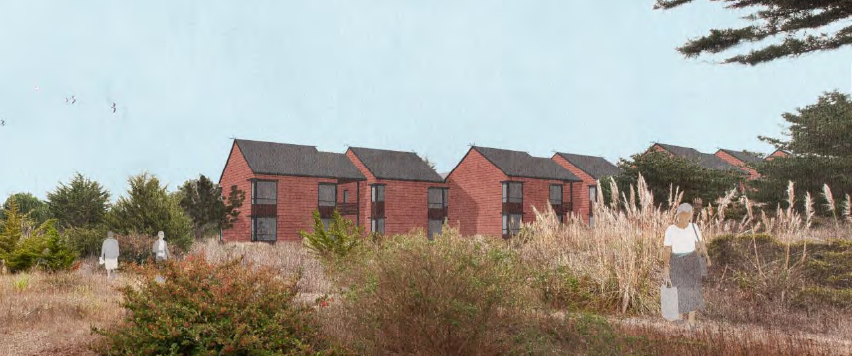
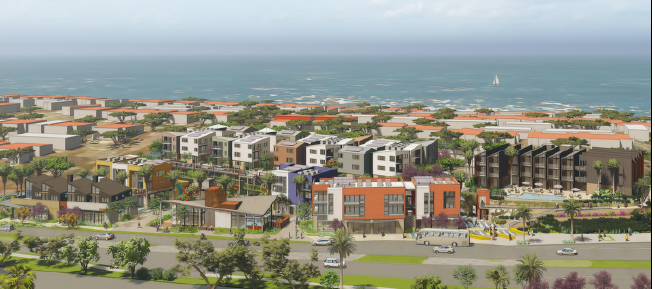
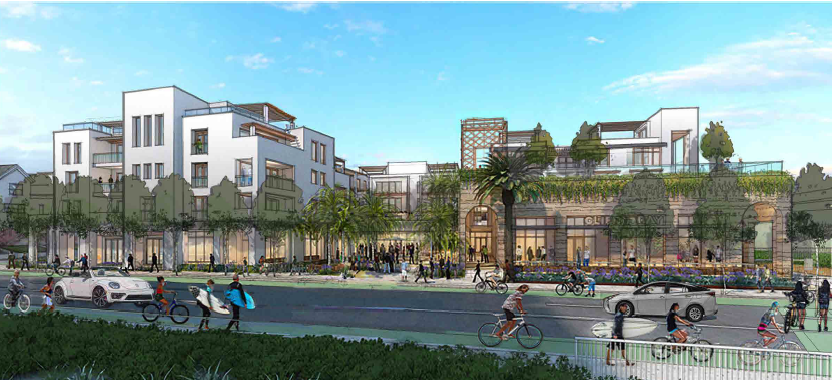
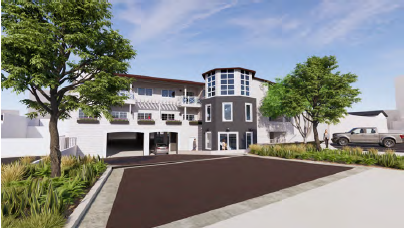

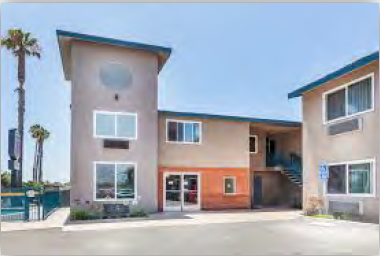
Please direct specific housing project related questions to the District Planning Staff where your project is located. See Staff Contact list here.